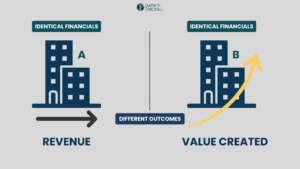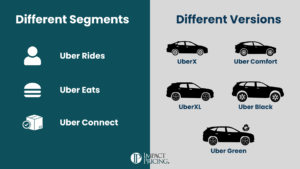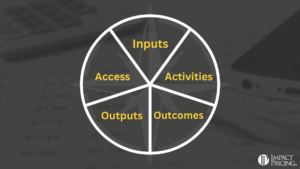Last week I had the pleasure of working with a company whose CEO had been to a pricing bootcamp and asked me to do a version for her executives. We started by asking the room to write on a post-it note the answer to “Why do customers buy our products?” And then we jumped into trying to figure out the answers.
What I found fascinating is that their answers to why they buy weren’t bad. There were answers like “great customer service”; “good reputation”; and “fabulous products”. My opinion is they weren’t complete, but more importantly, they lacked clarity and resonance. It’s very hard to sell a product with those items leading the positioning.
Of course, we created a few rows of a Value Table with Solution, Problem, Result, and Value. It was hard work. The participants had to dig deep to clearly articulate the problem any specific capability was created to solve. After knowing the problems, the results were easier, but not easy. Calculating the value, meaning profit, of any result was the easiest.
Afterward, they were all impressed with how well they now really understood the value to the customer.
What always amazes me about this process is that the attendees all had a gut feel for what their value was, but they couldn’t articulate it, especially in a way that resonates with customers. This included product developers, marketers, salespeople, and executives. So when they try to do their jobs, they have that gut feeling, but is it good enough to make great decisions?
The purpose of a company is to create, market, and, sell value buyers will pay for. It’s obvious that this is infinitely easier to do when we know what buyers value. So, do you want to go by gut feeling, or do you want to discover and articulate what buyers truly value?
What are your thoughts? Share your comments on the LinkedIn post.
Now, go make an impact.















